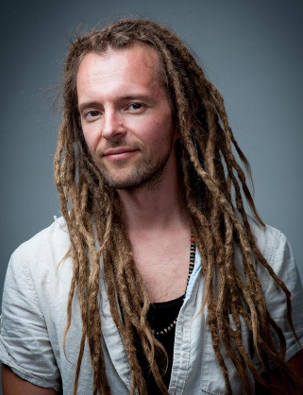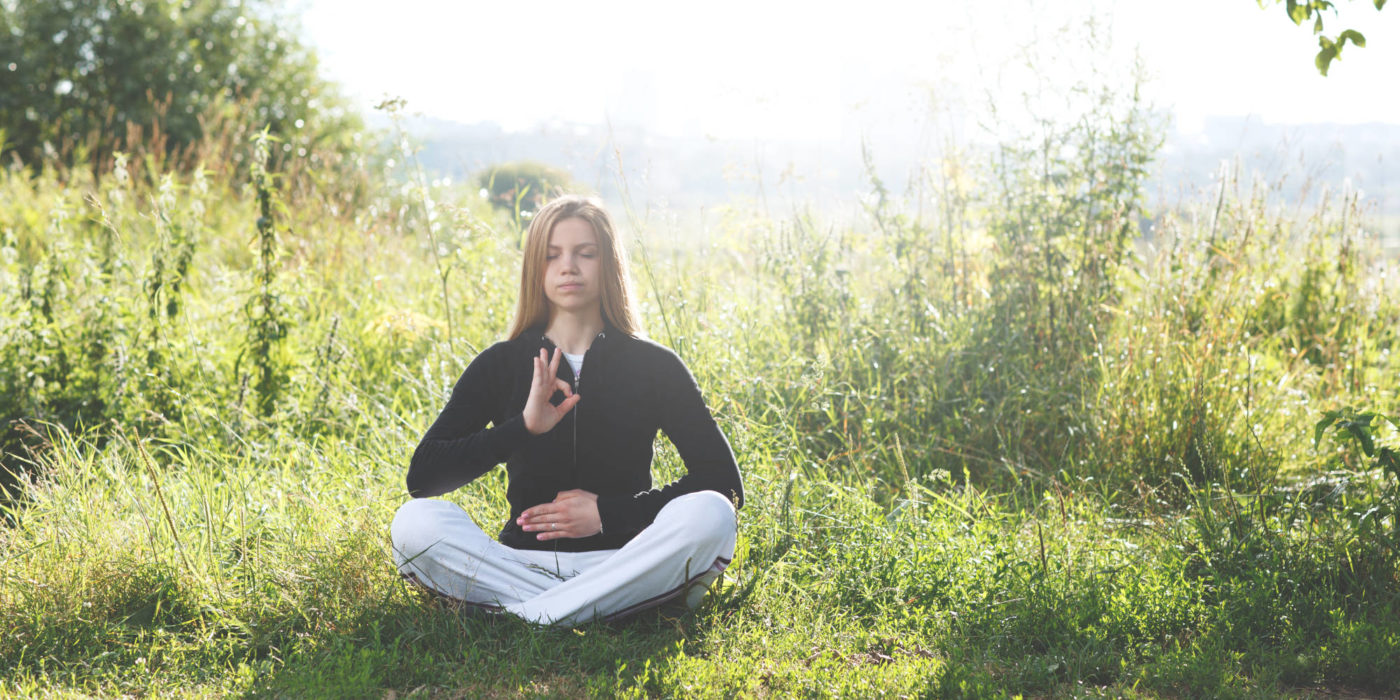Parvati Magazine’s yoga editor Ella Isakov interviewed JP Tamblyn-Sabo, one of the first yogis she met at the onset of her yoga journey. He owns several studios in Ontario, and is a huge inspiration for aspiring and senior yogis alike.
Parvati Magazine: You have been practicing yoga for over 15 years; what keeps you inspired on this journey to embrace and spread the love of yoga?
JP Tamblyn-Sabo: What keeps me inspired on this path is that it is constantly evolving. Just as you reach each new stage of your own personal development, the next horizon appears. And each stage (so far) shows up more beautiful and meaningful and inspiring than the last. As long as life keeps getting better, I’m going to keep following that path!
PMAG: You are a teacher of future yoga teachers and spend time teaching the eight-limbed path to your students. Which limb provides the most powerful message of peace both inside and outside of oneself, and why.
JPTS: They are all so important. But, for me, it always comes back to that first limb, the five Yamas, especially the first Yama – Ahimsa. If we don’t start with really exploring “the spectrum of non-violence” (extreme violence at one end, and unconditional love and kindness at the other), and considering where we currently are on that spectrum, it’s hard to make any real, significant progress on ANY path, not just the path of yoga.
PMAG: You have studied with Tony Robbins. What is the main similarity between his teachings and yoga that bring forth peace to one’s life?
JPTS: What many people don’t understand about Tony is that his first and foremost teaching is about emotional mastery and managing one’s state of being. All the other stuff is just an extension of that focus. His work transformed the way I practice and teach yoga. It’s really allowed me to expand what it is possible in yoga. Greater growth, greater connection with oneself and others, and a greater sense of what we can do in and for the world.
PMAG: You have boldly adjusted some of the traditional methods of the physical yoga practice to cater to your students’ needs. Can you explain your reasoning for it and the effect it has had on your students’ overall?
JPTS: A lot of what we consider as “traditional yoga” has really just come out of the last one hundred, maybe two hundred years. There are obviously SOME things which came much earlier, but Half-Moon poses, vinyasa flows and a lot of that kind of thing are all pretty recent in the bigger picture. But just because it came from India doesn’t mean it’s been perfected, at least not the physical practice. Everything has to grow as new information and insight comes into the picture. We can, and NEED to, make yoga work better for people’s bodies or else it will eventually be replaced by something else which doesn’t hurt people and gives better results. Everything evolves. Yoga always has! It shouldn’t stop just because people are attached to what they think “traditional yoga” is.
PMAG: For anyone struggling in life, either due to external factors or internal unease, what practice or advice would you give to help them feel greater calm within themselves?
JPTS: There is ALWAYS something you can do to make a difference. But sometimes the best you can do is just “start”. It can be overwhelming to look at how far we may need to go, or how far we think we have to go. But just finding something that allows you to feel like you are moving forward, moving towards, can be that all important first step. Make it easy. Breathe ten deep breaths. Get a little more sleep. Drink a lot of water. Eat something healthy that tastes good. MOVE your body! Let it feel good!












